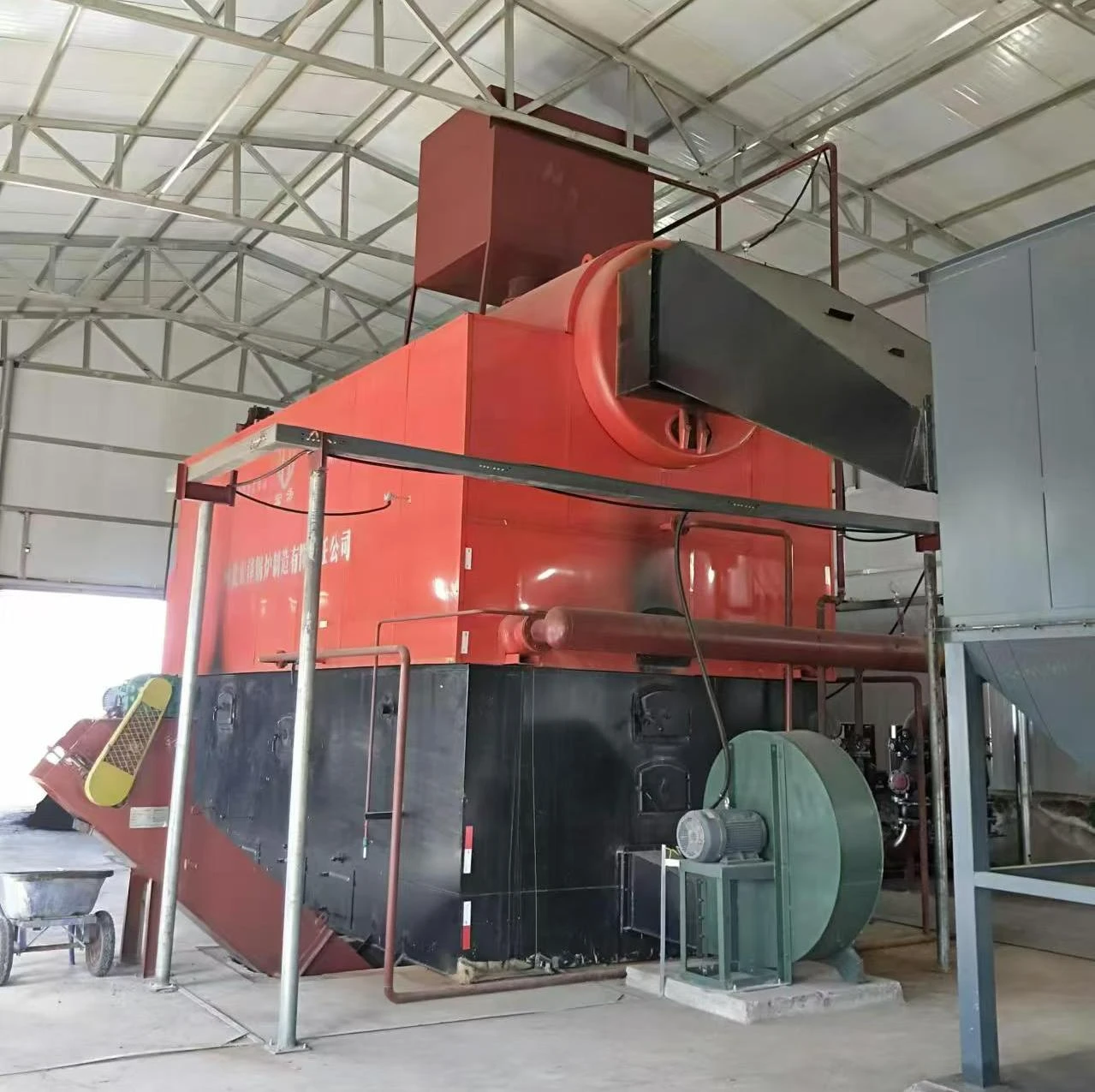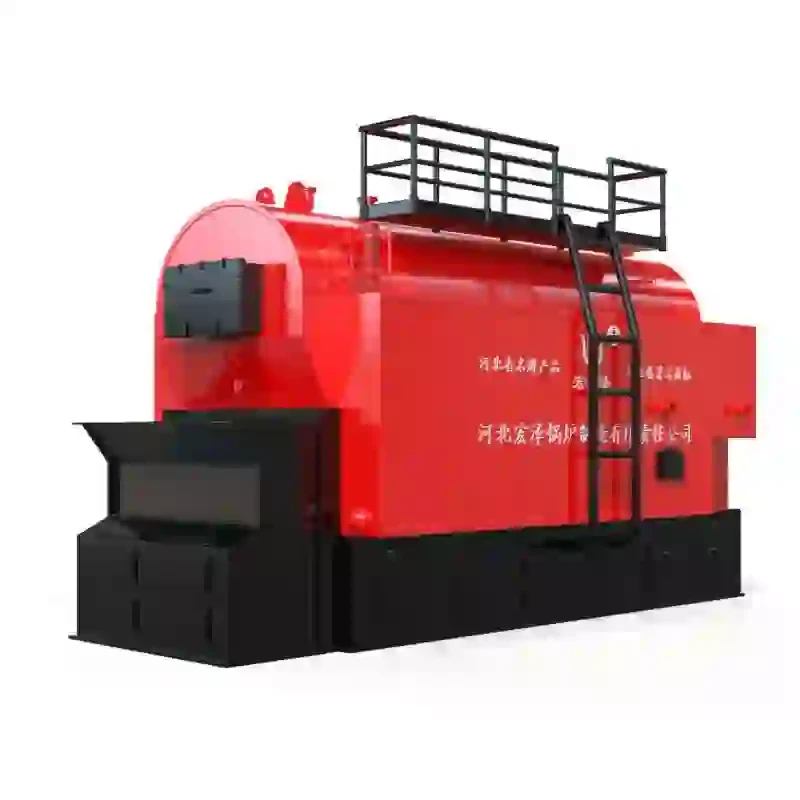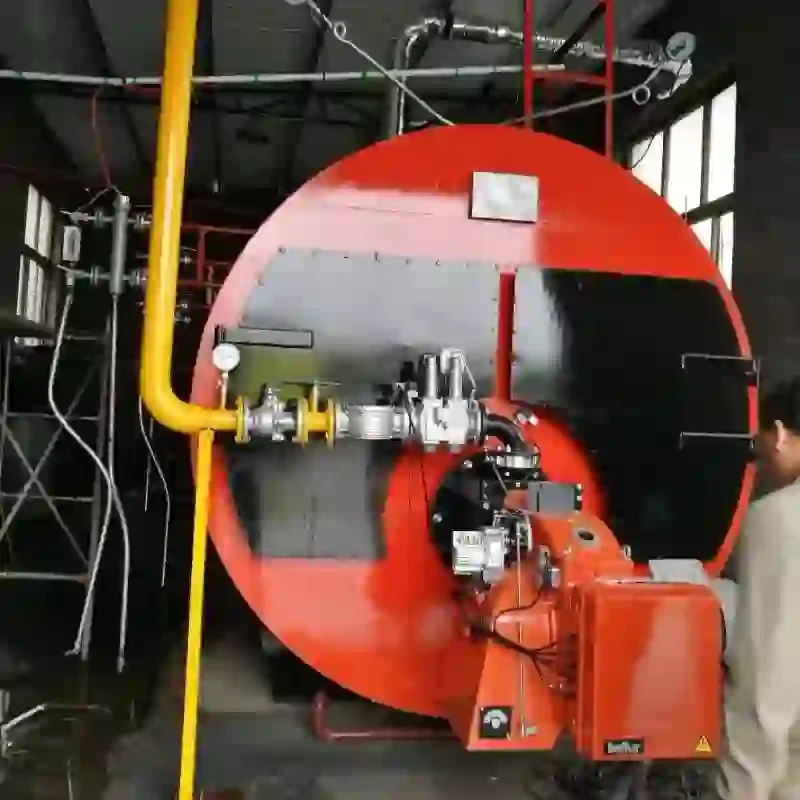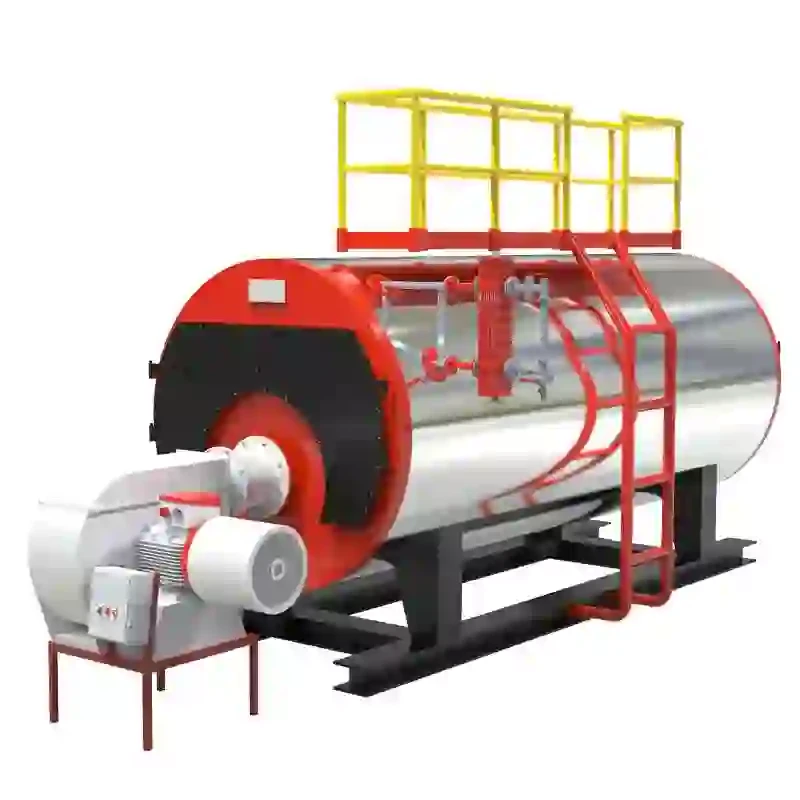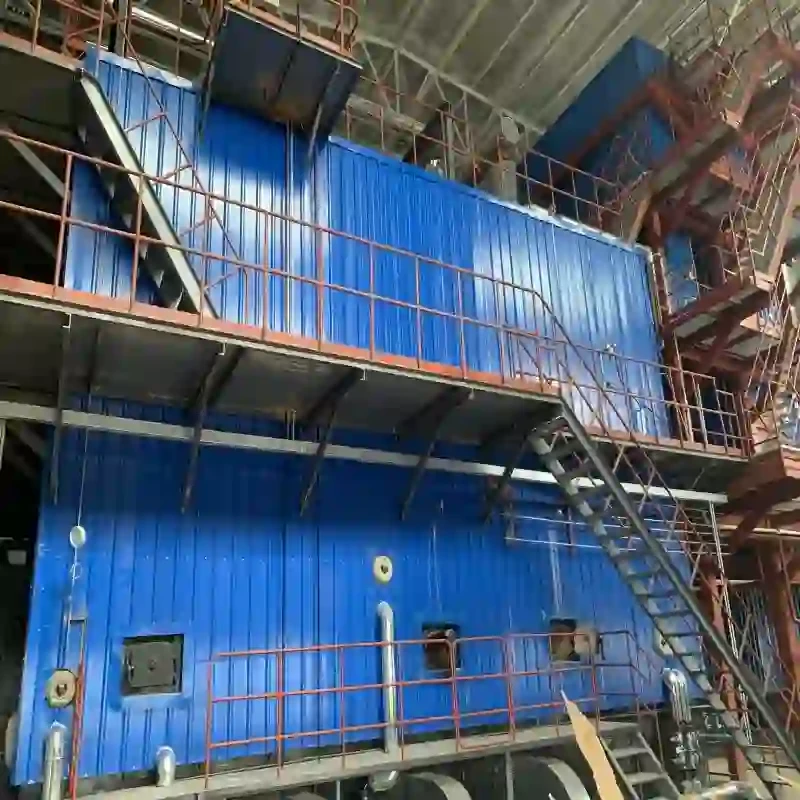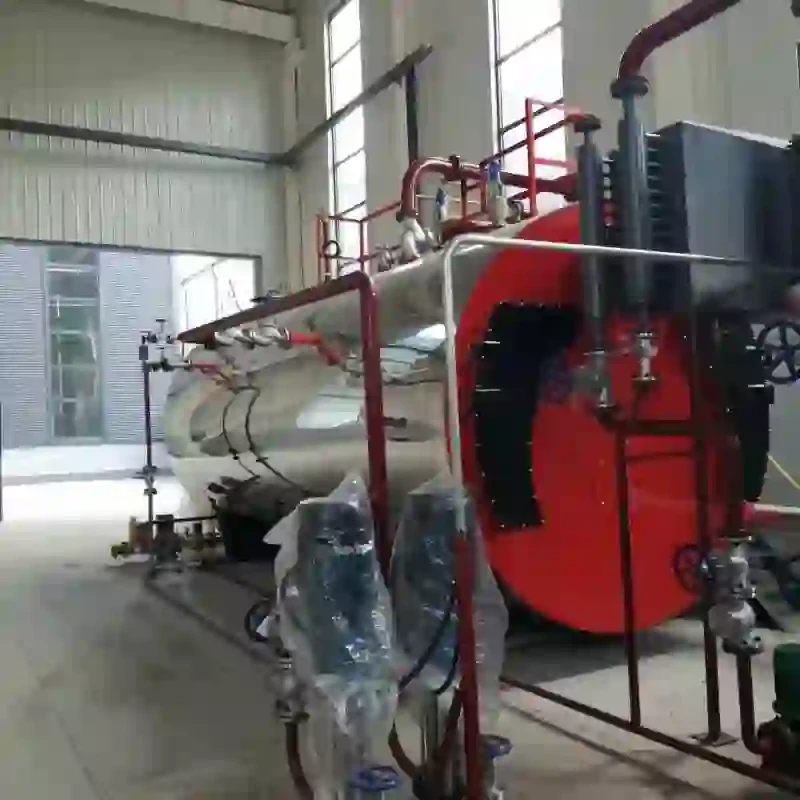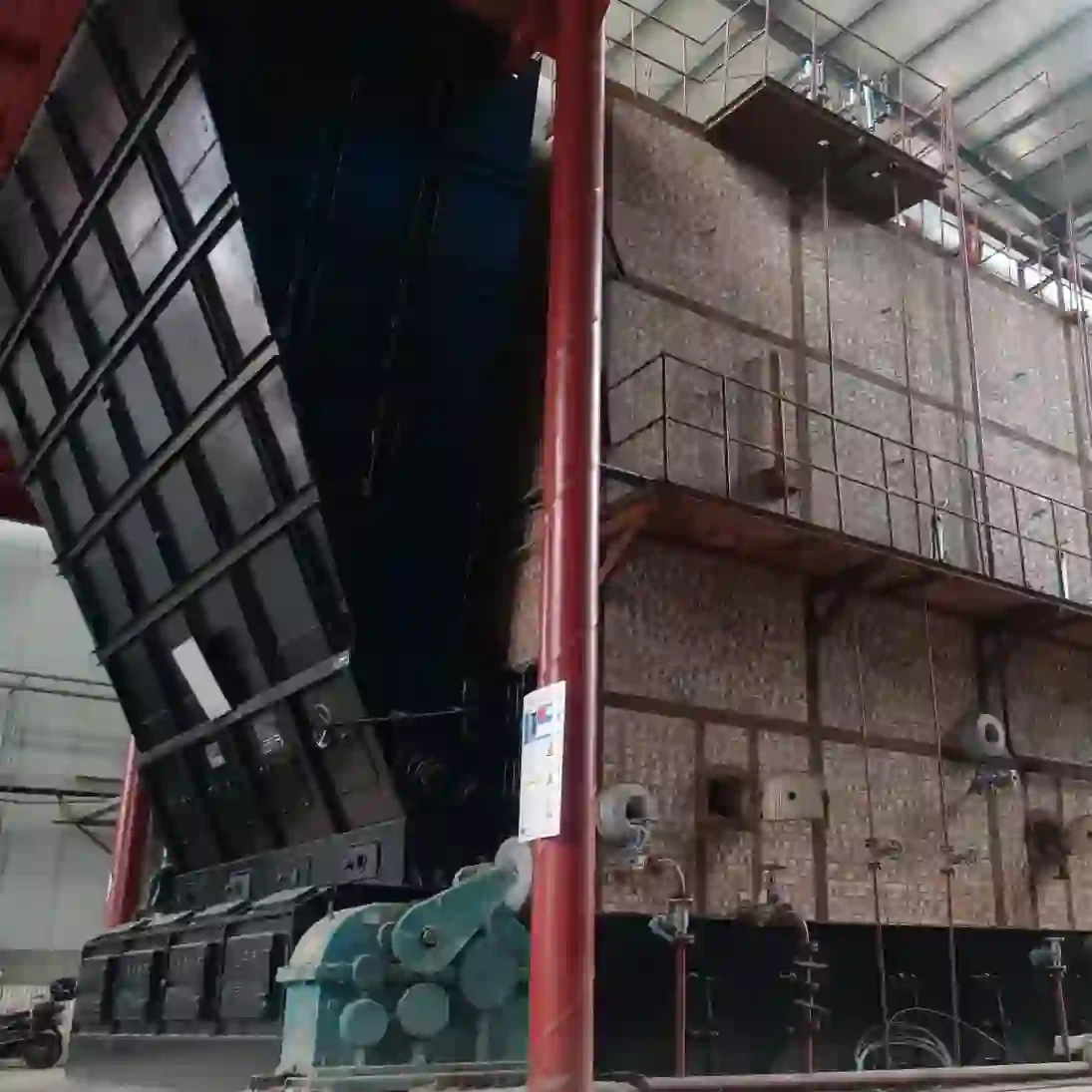
Nov . 15, 2025 10:30 Back to list
Comprehensive Guide to High Pressure Boilers PDF - Specs, Applications & Trends
Why "High Pressure Boilers PDF" Matters: A Global Overview
When it comes to industrial heating solutions, high pressure boilers are the unsung heroes powering everything from massive power plants to manufacturing hubs worldwide. But why, you might wonder, does the humble PDF guide or manual related to these boilers carry so much weight? Well, these high pressure boilers PDFs often pack the know-how, safety guidelines, and technical specs vital to engineers, operators, and decision-makers alike. They bridge the gap between complex machinery and real-world application, ensuring machinery runs safely and efficiently.
In a global context, with ongoing industrialization and energy demands, understanding high pressure boilers is crucial—not just for performance but for environmental sustainability and risk mitigation. The World Bank data shows that energy demand will rise sharply in developing nations over the next decades, and boilers play an irreplaceable role in meeting that demand. So having a handy, accurate high pressure boilers pdf almost feels like an indispensable field manual for anyone in the trade.
Introducing High Pressure Boilers PDFs: What Are They?
Simply put, a high pressure boiler PDF is a digital document—an extensive manual or technical guide—that covers all essentials related to these boilers. High pressure boilers themselves are devices designed to generate steam or hot water at pressures significantly exceeding atmospheric levels, typically above 15 bar (217 psi). They’re central to power generation, large-scale heating, and many industrial manufacturing processes.
Now, the PDFs aren’t just about specs. They often include installation procedures, testing protocols, safety checklists, troubleshooting tips, and sometimes even maintenance schedules. Think of them as the go-to handbook for sustaining the delicate balance of pressure, temperature, and material strength these boilers demand.
These documents are increasingly vital in modern industry, where compliance with international standards (like ISO 16528 or ASME Boiler Codes) is non-negotiable, and where missteps can mean costly downtime or safety hazards.
Core Factors in High Pressure Boilers: What Really Counts?
Durability & Materials
The heart of a high pressure boiler is its ability to withstand extreme environments day after day. These PDFs emphasize using specialized alloys, such as chromium-molybdenum steel, known for resisting corrosion and high-temperature fatigue.
Efficiency Considerations
Efficiency isn’t just about fuel savings (although that’s a big part!). It’s also about clean burn technologies, heat recovery systems, and optimized combustion chambers. PDFs often include design blueprints that help engineers tweak setups for maximum output.
Safety Protocols
Safety might sound obvious, but many accidents stem from overlooked pressure limits or faulty valves. A thorough high pressure boilers pdf will outline inspection routines, pressure testing (hydrostatic or pneumatic), and emergency shutdown procedures.
Scalability & Customization
Whether you’re serving a small factory or a sprawling utility plant, you’ll find guidelines on adapting boiler capacity, modular designs, and upgrading parts – a real life-saver when expansion is on the horizon.
Cost Efficiency
Operational costs, maintenance, and downtime all factor heavily. PDFs frequently offer comparative costing charts and lifecycle expense models helping businesses anticipate their budgets better.
High Pressure Boilers in Action: Real-World Applications
Across continents, high pressure boilers quietly fuel our daily lives—power stations in Asia, oil refineries in the Middle East, food processing factories in Europe, and remote mines in Africa. For instance, in post-disaster relief efforts where energy infrastructure is damaged, portable high pressure boilers provide temporary steam power, supporting water purification and medical sterilization.
Industries like petrochemical and pulp and paper manufacturing rely heavily on precise steam conditions that these boilers deliver. And oddly enough, some hydrothermal greenhouses in Scandinavia use high pressure boilers to maintain year-round crop growth in freezing climates, showcasing their broad versatility.
| Parameter | Specification |
|---|---|
| Operating Pressure | Up to 160 bar (2320 psi) |
| Steam Generation Capacity | 10,000 kg/hr - 120,000 kg/hr |
| Fuel Type | Natural gas, coal, oil, biomass |
| Efficiency | 85%-92% |
| Material | Chromium-molybdenum steel alloys |
| Typical Lifespan | 15-25 years with maintenance |
Leading Suppliers: How Do They Stack Up?
| Vendor | Max Pressure (bar) | Fuel Flexibility | Warranty (years) | Typical Delivery Time |
|---|---|---|---|---|
| HZ Steam Boilers | 160 | Gas, Oil, Biomass | 5 | 6-8 weeks |
| BoilerMaster Ltd. | 140 | Coal, Gas | 3 | 8-10 weeks |
| Global Steam Tech | 150 | Oil, Biomass | 4 | 7 weeks |
Why Invest in High Pressure Boilers? The Lasting Benefits
In real terms, the benefits of well-designed high pressure boilers documented in detailed PDFs boil down to three major things:
- Cost savings: Efficient fuel use and reduced downtime mean better ROI.
- Safety and environmental responsibility: Emissions control and robust safety reduce risks.
- Longevity and trustworthiness: Dependable operation over decades builds confidence with stakeholders.
Many plant managers also share how knowing their boilers inside out, thanks to well-maintained manuals, eases staff training and emergency response — peace of mind you can’t really put a price on.
Emerging Trends and Innovations in High Pressure Boilers
Looking forward, there's a shift towards digital transformation: smart sensors embedded within boilers for remote monitoring, AI-driven predictive maintenance, and integration with renewable fuels like hydrogen. The push for greener boilers aligns with global climate goals — something you’ll find emerging in newer versions of high pressure boilers pdf documents.
Technological advances in materials science, such as advanced ceramics and nano-coated pipes, are slowly edging in, promising longer life and better corrosion resistance. Frankly, it feels like we’re on the cusp of a new era in boiler engineering.
Facing Challenges Head-On
Challenges remain: high upfront capital, complex regulations, and skilled labor shortages can slow adoption or maintenance. But many vendors now offer turnkey solutions and extensive training embedded in their digital manuals. This kind of expert insight in a PDF can be a real time-saver.
Plus, modular designs in boilers allow phased upgrades, helping plants modernize without full shutdowns. It’s a small win in an industry that usually moves at a glacial pace.
Frequently Asked Questions About High Pressure Boilers PDF
Q1: What is the main advantage of downloading a high pressure boilers PDF instead of a printed manual?
A: PDFs are easily accessible across devices, quick to update, and searchable, allowing operators to instantly find relevant sections during operations or maintenance.
Q2: Can these PDFs help in meeting international safety standards?
A: Absolutely. Most high pressure boilers PDFs include chapters dedicated to compliance with ASME codes or ISO standards, enabling easier audits and certification processes.
Q3: Are there variations of high pressure boilers suitable for renewable fuels?
A: Yes, and the PDFs often detail configurations for biomass or hydrogen-compatible boilers, reflecting current shifts toward sustainable energy.
Q4: How often should a high pressure boiler's manual/PDF be updated or reviewed?
A: Ideally, annually or whenever regulatory updates or engineering modifications occur. Staying current ensures safety and optimized performance.
Q5: Can non-engineers benefit from these PDFs?
A: Yes, since many documents incorporate glossaries, basic principles, and troubleshooting flowcharts, making them accessible to operators with varied technical backgrounds.
Final Thoughts & Next Steps
All told, understanding high pressure boilers through comprehensive PDFs is not just a technical necessity but a strategic advantage in today’s energy landscape. These resources empower us all to build safer, greener, and more efficient industrial ecosystems.
Curious to dive deeper? Visit https://www.hzsteamboiler.com to access expertly curated high pressure boilers pdf documents and learn how to future-proof your boiler operations.
-
Comprehensive Guide to Steam Boiler Installation Diagram – Global Best Practices and Future Trends
NewsNov.24,2025
-
A Practical Guide to the Selection of Steam Boiler for Industrial Efficiency
NewsNov.23,2025
-
Comprehensive Guide to Steam Boiler PDF Manuals and Their Global Impact
NewsNov.22,2025
-
Discover How Steam Boiler Videos Improve Industrial Training & Safety
NewsNov.22,2025
-
Comprehensive Guide to Wood Fired Steam Boiler Design – Efficiency, Applications, and Innovations
NewsNov.21,2025
-
Comprehensive Guide to Steam Boiler Working – Efficiency & Applications
NewsNov.20,2025
Related PRODUCTS






